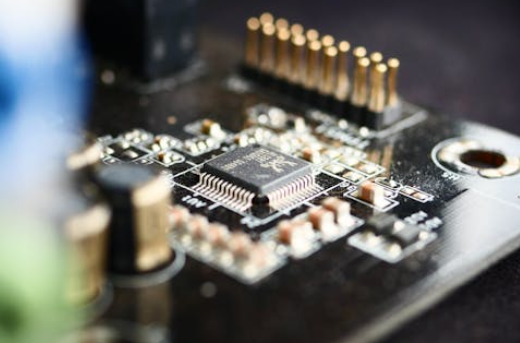In embedded development and chip debugging, the JTAG interface allows developers to access the internal registers of chips through boundary scan technology, making it one of the important tools. However, when using the JTAG cable for program downloads, you may feel that the download speed is too slow. So how can we improve its speed?

Method 1: Use Embedded Systems to Accelerate via USB/Ethernet
1. Implementation
Connect the target chip through the built-in JTAG interface of an embedded system (such as an MCU).
Establish a high-speed connection between the embedded system and the PC, such as USB or Ethernet.
Utilize the data transfer capability of high-speed interfaces to enhance the efficiency of JTAG operations.
2. Advantages
Fast speed, with actual measurements reaching over 200KByte/S.
Suitable for scenarios with high download speed requirements.
3. Disadvantages
Complex hardware design, requiring additional support from embedded systems.
Higher production costs and manufacturing complexity.
Method 2: Use CPLD/FPGA with EPP Interface
1. Implementation
Implement JTAG timing control using CPLD/FPGA.
Communicate with CPLD/FPGA through the EPP interface of the microcomputer (PC), commonly found in older printer ports.
The EPP interface provides sufficient data bandwidth to support fast data transfer.
2. Advantages
The circuit is relatively simple, making it easy to implement and manufacture.
The download speed, while not as fast as Method 1, can still reach 96KByte/S, meeting the needs of most applications.
3. Disadvantages
Downloading consumes more CPU resources of the PC, which may slow down system responsiveness.
Dependent on the PC’s EPP interface, which may be limited by modern computer configurations.
Conclusion:
If the project has strict requirements for download speed and can accept higher hardware costs, Method 1 is recommended as it provides the fastest download speed, suitable for applications with extreme performance requirements.
If the project has certain speed requirements but values cost-effectiveness and ease of implementation, Method 2 is a better choice as it balances speed and implementation complexity, suitable for most regular development needs.
This is an original article by Fanyi Education. Please indicate the source when reprinting!